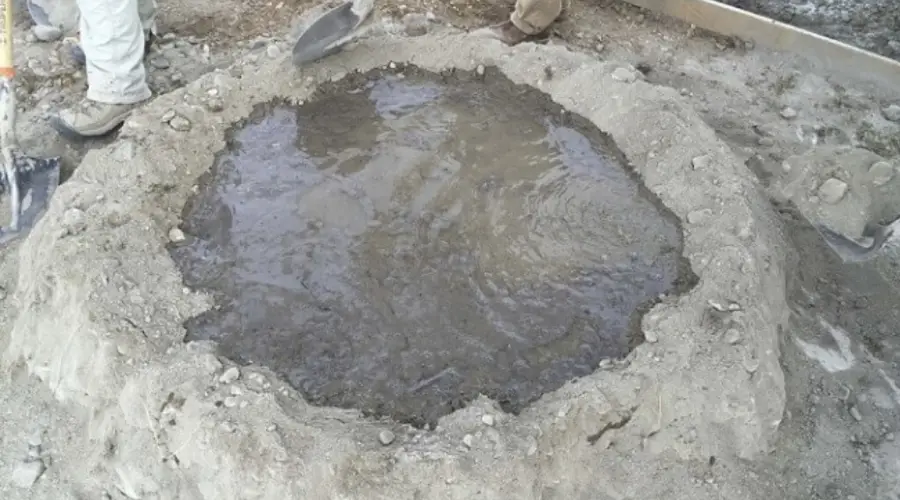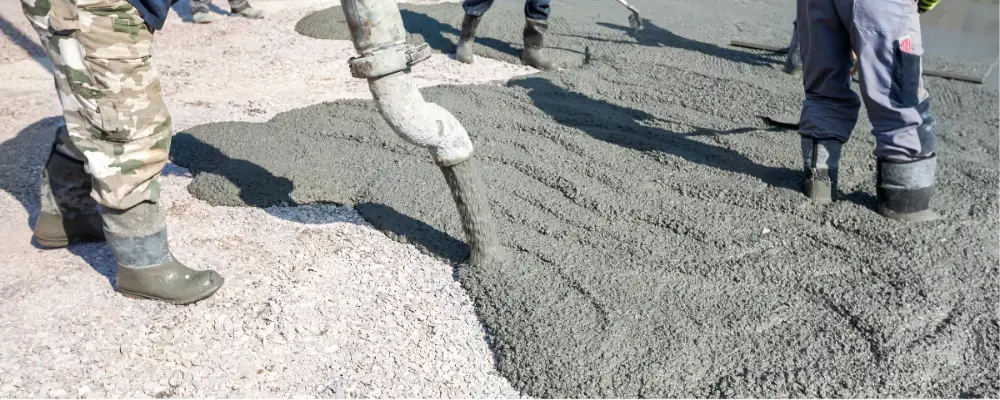No structure will withstand for a longer duration if it is not built with durable building materials. The structure’s longevity is determined by the quality standard of the materials. While the constructor may list out various materials to complete the construction of a structure, the key ingredient out of all such materials is cement. The requirement for high-quality cement propels constructors to look for a specific Type. S-Type Cement, with its high strength and durability, makes it a popular choice among constructors. All constructors and suppliers must have an idea of various Types and how S-Type cement stands out from the other Types. This article answers all possible questions one may have regarding S-Type cement. Knowing this will help both suppliers and constructors satisfy customers with the best possible products and services.
What is Type S Concrete
Type S concrete is a special mix of cement designed to be very strong and long-lasting. It is mainly used in construction projects where the structure needs to handle heavy weight and tough weather conditions. This concrete is made by combining Portland cement, lime, and sand, which together create a strong glue-like material. This helps it hold bricks, blocks, and other building materials firmly in place. Thanks to its strength, Type S concrete is perfect for projects that need to support a lot of weight or stand up to rough conditions.
Properties of Type S Concrete
- The value of fineness, and residue on a 45-µm sieve of Type S cement is 24%, whereas the maximum sieve value is 35%.
- The percentage of autoclave expansion is around 0.8% to 1.0%.
- The time consumed for the initial setting of the cement is a minimum of 1 to 1 ½ hours. and the final setting of the cement is a minimum of 24 hours.
- The compressive strength of Type S cement is 1399 psi (9.0 MPa) after 7 days and increases to 2100 psi (14.5 MPa) after 28 days.
- The air content in Type S cement in terms of volume ranges around 6-12%.
- The original flow after the suction is approximately 70%.
- Type S cement provides an air entrainment level to prevent freeze-thaw deterioration.
- It is also resistant to sulfates and exhibits watertight properties.
Applications of Type S Concrete
- Type S cement is a binder in concrete mixes to increase strength. Some of the high-strength applications, such as bridge decks and parking structures. It can even be included in structures that require water resistance and durability.
- It is used for grouting and patching applications. Some of the patching applications in construction projects are filling gaps or repairing cracks in concrete structures.
- High strength and durability make it popular for masonry works such as laying bricks, blocks, or stones.
- It is highly used in marine structures that include seawalls, docks, and piers. Its low permeability and resistance to water increase longevity despite being exposed to the water.
- It is even used in basement walls and other below-grade applications.
Mixing and Preparing of Type S Concrete

The preparation of Type S cement includes blending Portland cement, lime, and other additives. The first step in the preparation of S-type concrete includes mixing Type S cement with masonry sand at a ratio of 1:3. To prepare the mixture in workable conditions, pour some water. Stir it untill you achieve a plastic, moldable texture. A mechanical mixer is used to stir the mixture and to ensure uniform blending. Following this, the addition of cement and sand to the mixture is done, and the blend is left to dry for 1 to 2 minutes. To prevent lumps or uneven hydration, water is poured gradually while mixing the mixture continuously. Excessive water addition may weaken the mix. The prepared mixture should be in cohesive form and workable consistency. Excessive sag will reduce the quality of the mixture.
Benefits of Using Type S Concrete
- Its higher compressive strength makes it able to withstand high-stress applications.
- It has high resistance to all kinds of factors that can cause degradation to the structure. This increases sustainability and reduces the money that needs to be spent on maintenance.
- Type S cement is naturally water-resistant, preventing any intrusion of moisture and damage to the structure. Because of this, contractors and suppliers run around the Type S cement for marine projects.
- Type S cement is not constrained to specific types of construction projects. It is versatile. It can be used in various construction projects for several purposes, including as a binder in concrete mixes, for filling patches, and in masonry. Its flexible characteristic makes it credible for constructors.
Installation Process for Type S Concrete

The first and foremost step is to ensure the base is clean and free of dust. To avoid any water absorption, the surface is dampened, and this should not end up making the surface oversaturated as well. The trowel is used to place the prepared cement on the surface. To form a uniform layer, spread the mortar evenly. The thickness ranges from around 3/8 to ½ inches. To shape the mortar joints, use a jointer to get the desired shape. Prepare it in such a way that the joints are smooth and compact, providing necessary durability and water resistance. Remove any excess mortar before it hardens. Cover the masonry with wet burlap for at least 48 hours to promote proper hydration and prevent cracking. Proper precautions are required when working in extremely cold temperatures. For this, proper protective coverings are used to achieve optimal curing conditions.
Maintenance and Care for Type S Concrete
- Regular cleaning with water or mild detergent is necessary to remove dirt, algae, or efflorescence.
- Regular inspection and precautionary methods can avoid cracks, concrete spalling, or mortar joint deterioration.
- To protect against water infiltration, apply breathable water-repellent sealant.
- Proper measures are required to prevent water from stagnating on or near masonry structures.
- Avoid deicing salts near structures, as they would degrade the mortar.
Conclusion
Type S cement is a versatile, durable material for a variety of construction applications that demand strength, resilience, and water resistance. Its superior properties in high compressive strength, low permeability, and resistance to environmental factors make it the right choice for masonry work, marine structures, and high-stress installations. Constructors and suppliers can ensure long-term and quality structures as created through understanding their properties, benefits, and proper methods for mixing, installation, and maintenance. Preparation, application, and care that follows best practices will ensure maximum performance and minimise the costs of maintenance in the long run for Type S cement, and that will ensure construction sustainability. The unmatched durability and flexibility of Type S cement remain at the center of the quest for strong and permanent structures.
FAQs
Type S cement is great for building structural walls when used as part of a masonry system. It creates a strong bond between bricks, blocks, or stones, making it ideal for load-bearing walls.
However, it’s important to know that Type S cement is not meant for standalone or reinforced concrete structural walls. In India, its use is covered under IS 3466, which focuses on its role in masonry construction. This standard highlights how Type S cement improves the strength and durability of masonry, making it perfect for walls that are part of a complete masonry structure.
The strength of Type S concrete depends on how long it is allowed to cure.
After 7 days of curing, its strength is usually around 10 MPa (about 1450 psi).
After 28 days, it reaches about 14.5 MPa (around 2100 psi).

